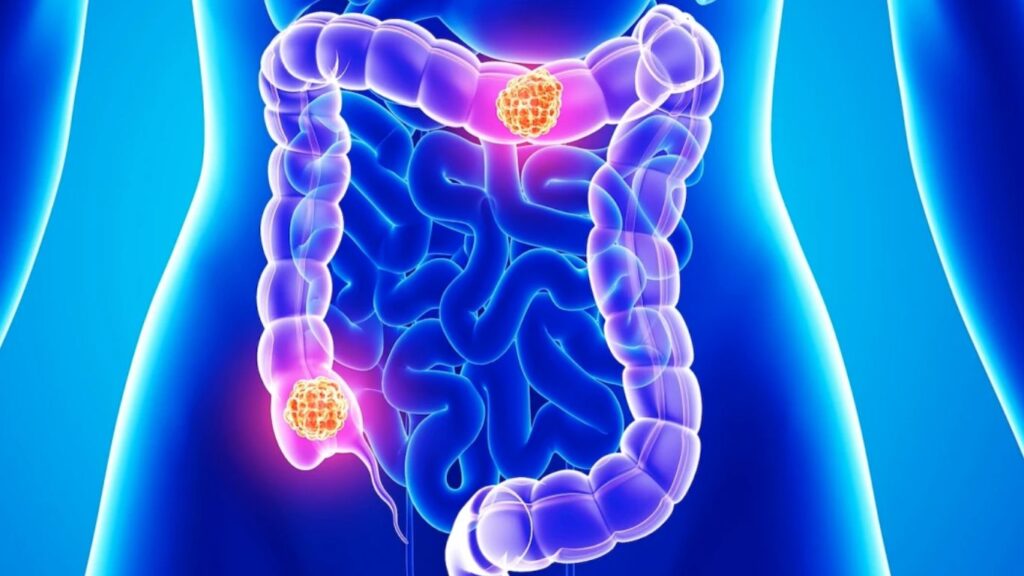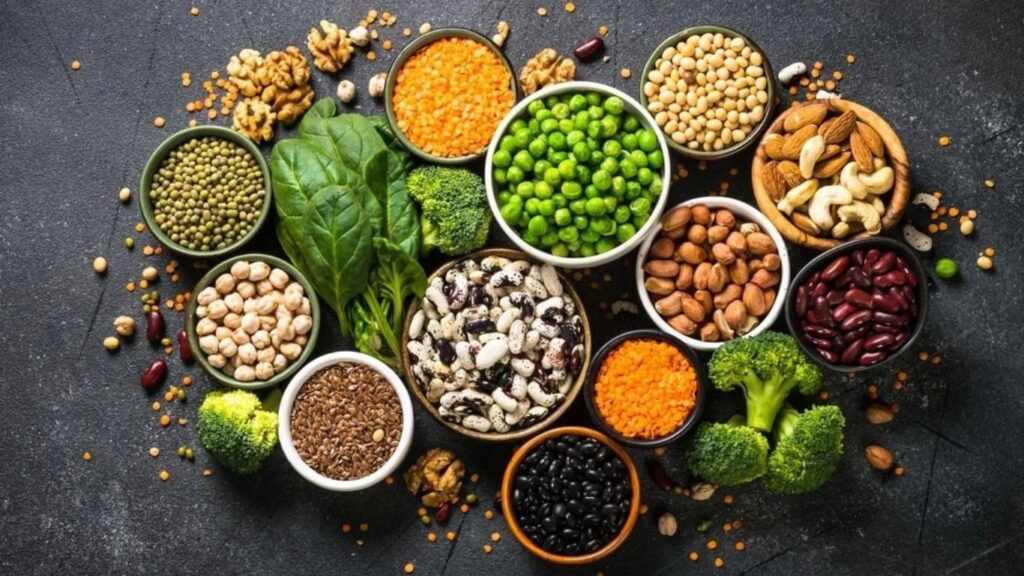In recent years, the topic of red meat consumption has increasingly become a focal point of health discussions worldwide. While red meat is a popular dietary choice, valued for its taste and nutritional benefits, it has also been the subject of scrutiny due to potential health risks. This concern has sparked a wave of research and debate among health professionals and consumers alike, leading to a growing awareness of the need to understand the implications of red meat in our diets.
The objective of this blog is to delve into these concerns, offering a balanced and comprehensive examination of the evidence surrounding the health impacts of red meat. By exploring scientific studies, dietary guidelines, and expert opinions, this blog aims to provide readers with an informed perspective, enabling them to make educated decisions about their dietary choices and overall health.
Health Risks Associated with Red Meat Consumption
What is Red Meat?
Red meat is typically defined as meat that is red when raw and does not become white when cooked. This category predominantly includes beef, pork, lamb, and veal. Each type of red meat has its unique flavor and nutritional profile, but they generally share common characteristics.
Nutritionally, red meat is known for its high protein content, essential for muscle growth and repair. It’s also a significant source of vital nutrients, including iron, which is crucial for blood health; zinc, important for the immune system; and several B vitamins, particularly vitamin B12, which is not naturally found in plant-based foods and is vital for nerve function and the production of DNA and red blood cells.
Additionally, red meat contains varying amounts of fat, including saturated fats. The nutritional content can vary based on the cut of the meat and how it is prepared and cooked, with leaner cuts offering more health benefits.
Historical Consumption of Red Meat
Red meat has been a staple in human diets since prehistoric times, with early humans hunting and consuming wild game. As civilizations evolved, domestication of animals like cattle, sheep, and pigs led to more consistent red meat availability. Historically, red meat was a symbol of wealth and status, as it was often scarce and expensive.
However, in the 20th century, advancements in agriculture and transportation made red meat more accessible and affordable, leading to a significant increase in consumption worldwide. In recent decades, there’s been a gradual shift towards more health-conscious eating, with some populations reducing red meat intake due to health and environmental concerns.

Health Benefits of Red Meat
Red meat is a rich source of essential nutrients. It contains heme iron, which is more easily absorbed by the body compared to non-heme iron found in plant sources, making it crucial for preventing anemia. Vitamin B12, another vital nutrient found exclusively in animal products like red meat, is essential for nerve function and the production of DNA and red blood cells.
In a balanced diet, red meat can contribute to nutrient diversity. However, it’s important to dispel the misconception that red meat is necessary for everyone; varied diets can provide these nutrients, and individual dietary needs can vary significantly.
Health Risks of Red Meat
Red meat consumption has been linked to several significant health risks, as evidenced by numerous scientific studies. Here’s a detailed look at these risks and how red meat compares to other protein sources:
Heart Disease and Cholesterol
Red meat, especially processed varieties, is high in saturated fats, which can raise cholesterol levels in the blood. Elevated cholesterol is a risk factor for heart disease. A 2010 study published in “Circulation” found that higher intake of red meat was associated with an increased risk of coronary heart disease, partly due to its saturated fat and cholesterol content.
Cancer, Particularly Colorectal Cancer
One of the most concerning risks associated with red meat is its potential link to cancer, particularly colorectal cancer. The International Agency for Research on Cancer (IARC), a part of the World Health Organization, classified red meat as a ‘probable carcinogen’ in 2015. This classification was based on evidence that consumption of red meat is associated with a modest increase in the risk of colorectal cancer, as well as pancreatic and prostate cancer.

Type 2 Diabetes
Red meat consumption has also been associated with an increased risk of type 2 diabetes. A study published in “JAMA Internal Medicine” in 2013 revealed that increasing red meat intake over a four-year period was associated with a higher risk of developing type 2 diabetes during the subsequent four years.
Stroke
Several studies have suggested a link between red meat consumption and the risk of stroke. A meta-analysis of prospective studies, published in “Stroke” in 2012, found that high red meat consumption was associated with an increased risk of total stroke.
Comparison with White Meat and Plant-Based Proteins
When comparing red meat with white meat (such as poultry) and plant-based proteins, the latter two are generally considered healthier options. White meat is lower in saturated fat compared to red meat, which makes it a better choice for heart health. Plant-based proteins, such as beans, lentils, and tofu, do not contain cholesterol and are lower in saturated fat. They also provide beneficial nutrients like fiber, which are absent in animal proteins. A 2019 study in the “American Journal of Clinical Nutrition” indicated that diets high in plant-based proteins can lower the risk of coronary heart disease.
The Role of Cooking Methods
The cooking method used for red meat significantly influences its associated health risks. High-temperature cooking methods, like grilling or frying, can lead to the formation of carcinogenic compounds like heterocyclic amines (HCAs) and polycyclic aromatic hydrocarbons (PAHs). These compounds are formed when meat is cooked at high temperatures or comes into direct contact with an open flame.
On the other hand, gentler cooking methods such as boiling or stewing are less likely to produce these harmful compounds. Studies suggest that consuming meats cooked at lower temperatures may reduce exposure to these carcinogens, thereby potentially lowering the risk of cancer associated with red meat consumption.

Alternative Protein Sources
For those looking to reduce red meat consumption, there are numerous alternative protein sources available. Plant-based proteins, such as beans, lentils, chickpeas, and tofu, are excellent options, offering not only protein but also fiber, vitamins, and minerals. Nuts and seeds like almonds, chia, and flaxseeds are also nutrient-dense protein choices.
For animal-based alternatives, white meats like chicken and turkey are lower in saturated fat compared to red meat. Fish, particularly fatty varieties like salmon, are rich in omega-3 fatty acids, known for their heart-health benefits. These alternatives provide diverse nutritional benefits and can easily be incorporated into a balanced diet.
Conclusion
In conclusion, while red meat can be a valuable source of essential nutrients, its consumption is linked with various health risks such as heart disease, cancer, type 2 diabetes, and stroke. Moderation is key, and exploring alternative protein sources like white meat, fish, and plant-based options can offer a healthier balance. By staying informed and making conscious dietary choices, individuals can enjoy the benefits of red meat while minimizing its potential health impacts.
Alsop read: Salty Truth: The Hidden Dangers of Excess Sodium Intake
